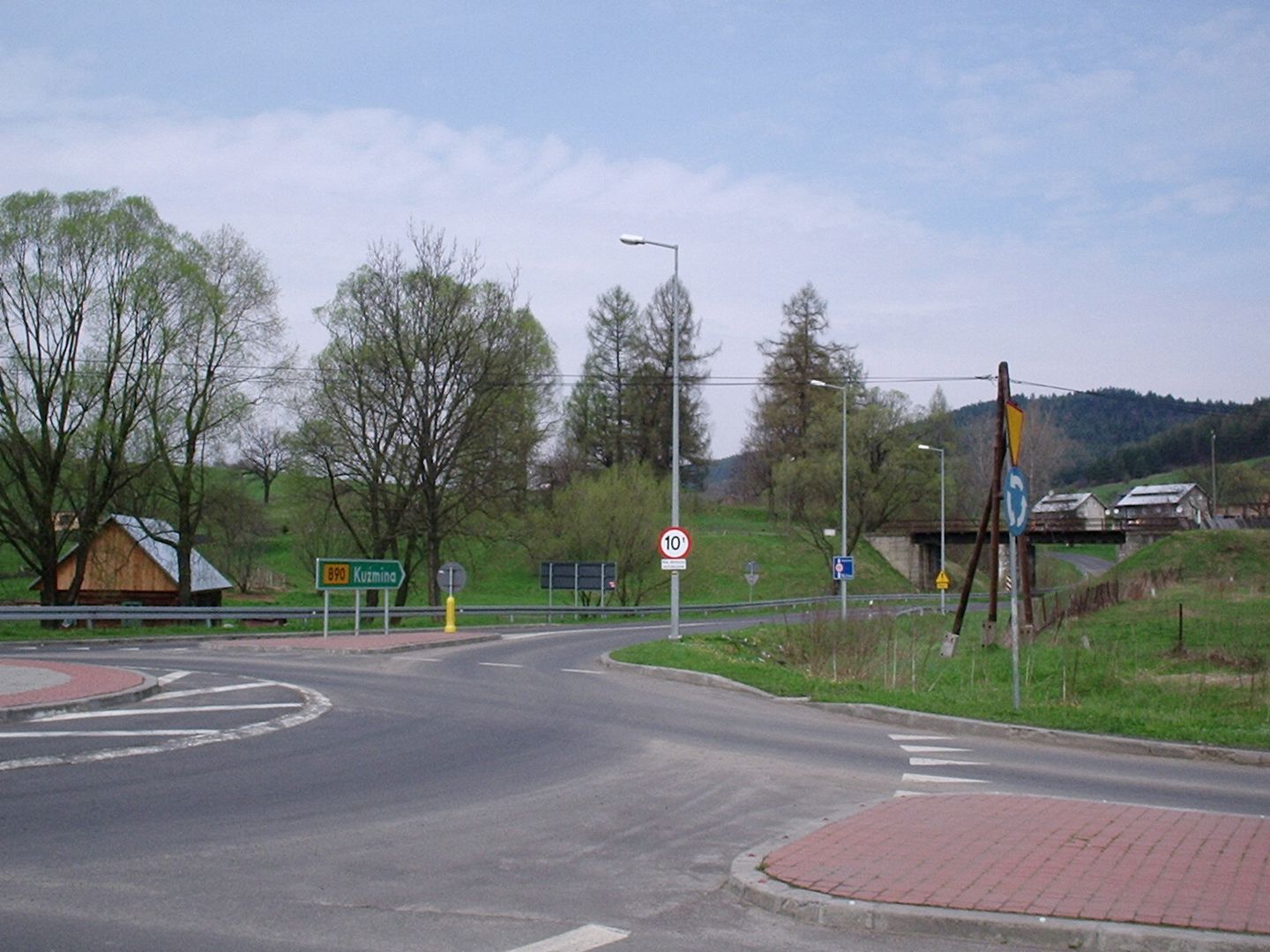Krościenko
6.07

Overview
Krościenko, historically known as Karaszyn, Koroszno, and Koroscienko, is a picturesque village in the Podkarpackie Voivodeship, located in the Bieszczady County along the Strwiąż River. The historical roots of the settlement date back to the 14th century when it was founded by Prince Hriczko Rozputowski. Initially, the village was royal property and throughout its history, it changed hands multiple times, including being leased by families such as the Zborowskis and the Mniszechs. In 1772, following the First Partition of Poland, Krościenko became part of the Austrian imperial chamber estates. A significant milestone was the construction of the first Hungarian-Galician Railway in 1873, which enhanced the village's importance. Krościenko endured the turbulent times of World War II, including Soviet and German occupations, leading to substantial destruction and population displacement. After the war, former residents returned, and the village was repopulated by Greek political refugees and new Polish settlers. Several historical landmarks have been preserved in Krościenko, including an 18th-century wooden Greek Catholic church and other log-built structures that reflect the region's rich architectural heritage. Notable features include an 18th-century Orthodox church and remnants of an Evangelical cemetery. Today, the village plays a key transportation role, hosting a Polish-Ukrainian border crossing and the national road No. 84, which connects Sanok with the state border. Despite a decline in population compared to pre-war times, Krościenko remains a culturally and historically diverse area, reflecting the rich heritage of the nations that once lived here.
Location
2025 Wizytor | All Rights Reserved